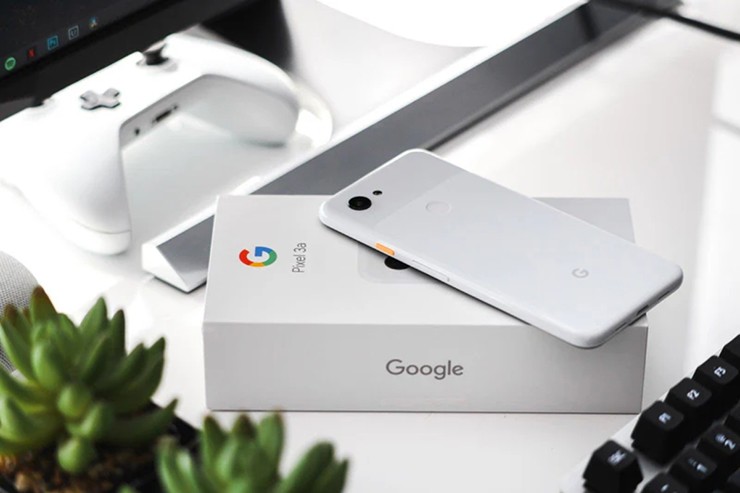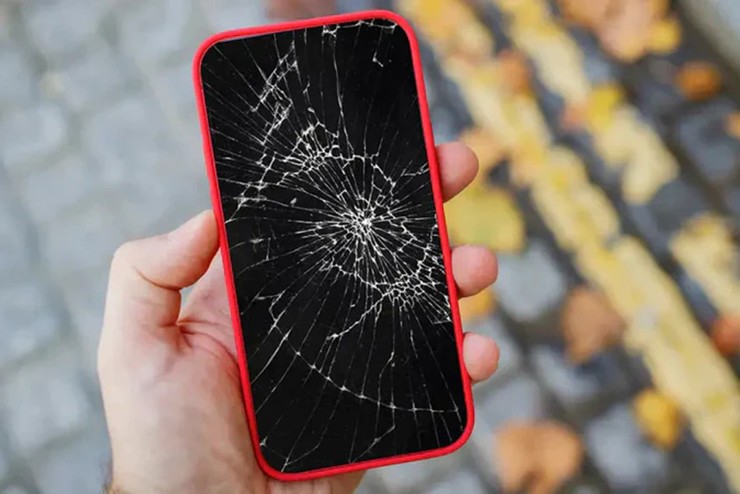Many users focus on the internal specifications when shopping for cheap (or even mid-range) smartphones but forget one detail that is an advantage that high-end models possess.
In the early years of the smartphone era, their screens were so fragile that even an accidental drop would leave a large crack. However, over the past 10 years, the protective glass on the front has become much harder, much more scratch-resistant, and most importantly, much better at withstanding the drops that many people inflict on their phones on a daily basis. This has allowed many people to confidently stop using cases and screen protectors on their phones.
Cheap smartphones often use old technology.
However, budget smartphones often use cheaper glass than higher-end products, which is weaker and more susceptible to damage when dropped. This means repairs can be much more expensive over time. These cheaper glasses are often based on much older technology, for example the Pixel 8a uses Gorilla Glass 3, which is completely different from the Gorilla Glass Victus on the Pixel 8, or the Galaxy A25 has Gorilla Glass 5, which was used by the Galaxy S8 from 2017.
While protective glass may not be the first thing that comes to mind when buying a budget smartphone, if we're not careful, we could be buying glass technology from a decade ago.
Not all budget or mid-range smartphones use cheap glass, though. The OnePlus 12R, for example, features the latest Gorilla Glass Victus 2, which is found on flagship phones.

Even many Pixel phones use older tempered glass screens.
So that doesn't mean we should turn our backs on cheap phones , as long as we take a little time to find out what kind of glass we'll get when spending money on a phone in the price range of VND 5 million to VND 12 million (mid-range).
The price to pay
One thing that many people may not notice is that today's low-cost smartphones still cost several million VND. When spending this amount of money, dropping them during daily use is not too surprising, and it is difficult to expect older generation glass to be able to withstand it well. When the screen breaks, even if it still works, the experience is very unpleasant, leading to a replacement that costs several hundred thousand VND. Over time, frequent drops can lead to a final payment that can be close to the cost of buying a high-end smartphone over its lifetime.

The cost of repairing a broken screen is not cheap.
Of course, if you are careful not to drop your phone often, you may not care much about the need for tempered glass. However, for users who buy cheap smartphones, this careful habit rarely happens.
Fortunately, the industry is built around accessories that enhance and protect your smartphone. If you have the right case and screen protector, and if the corners aren’t the “vulnerable spots,” you can rest assured that your screen won’t crack or shatter, even if it’s Gorilla Glass, which was introduced 10 years ago.
Cases and screen protectors aren't free, and good products add to the overall cost a user will spend, so it's worth calculating whether a small increase in budget can help users upgrade to higher-end models without the need for that bulky layer of protection.


